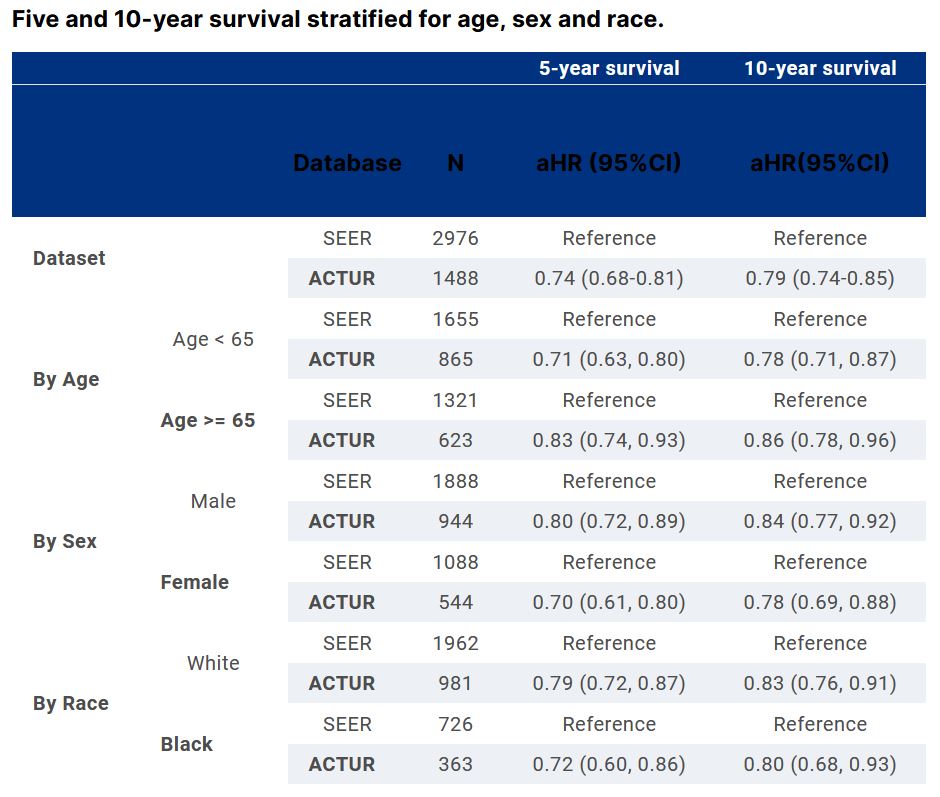BETHESDA, MD — When a cure is not possible, longer life is the goal. For patients with multiple myeloma, extending survival is the best available option today, and one of the best ways to achieve that is to receive care through the U.S. Military Health System.
Researchers from the Walter Reed National Military Medical Center and the Uniformed Services University of the Health Sciences, both in Bethesda, MD, discovered that patients treated at MHS facilities had superior five- and 10-year overall survival rates compared to the general population in a study presented at the American Society of Clinical Oncology annual meeting in June.1
In the last 18 months, two CAR-T cell therapies joined more than two dozen previously approved U.S. Food and Drug Administration monotherapies and combinations to treat multiple myeloma (MM), but a cure for the common hematological disorder remains elusive. That is particularly unfortunate for elderly former servicemembers, many of whom have an increased risk of the disease. Because of the evidence linking Agent Orange and multiple myeloma, the hematological disorder has a presumptive service connection for veterans exposed to the powerful defoliant during service in Vietnam, Korea and other regions.
The findings of the military researchers offer some good news to these patients. In their study, the team led by Alexander Dew, DO, of Walter Reed compared outcomes for 1,488 MHS beneficiaries diagnosed with multiple myeloma between 1987 and 2013 in the DoD Automated Central Tumor Registry (ACTUR) to those of 2,976 patients in the National Cancer Institute’s Surveillance, Epidemiology, and End Results (SEER) database for the general U.S. population. Two SEER patients were matched to each ACTUR patient by age group, sex, race, and year of diagnosis.
ACTUR patients had a median survival of 47.1 months (95% CI: 43.9-50.4), more than 40% longer than the 33.0 months (95% CI: 32.0-35.0) seen in the SEER group. The ACTUR group had a 26% reduction in the risk of death within five years and a 21% reduction in mortality risk at 10 years. The benefit for MHS patients remained after adjustment for age at diagnosis, sex, race, and year of diagnosis.
“Our study findings suggest the benefits of universal healthcare provided by the MHS improve survival among MM patients,” the researchers concluded. “Further research is warranted to delineate factors which improve survival and reduce disparity in the treatment of MM patients.”
- Dew A, Darmon S, Lin J, Roswarski JL, Shriver CD, Zhu K, Chiu AV. Survival among patients with multiple myeloma in the U.S. military health system compared to the Surveillance, Epidemiology, and End Results (SEER) program. J Clin Oncol. 2022;40 (suppl 16; abstr6524).


